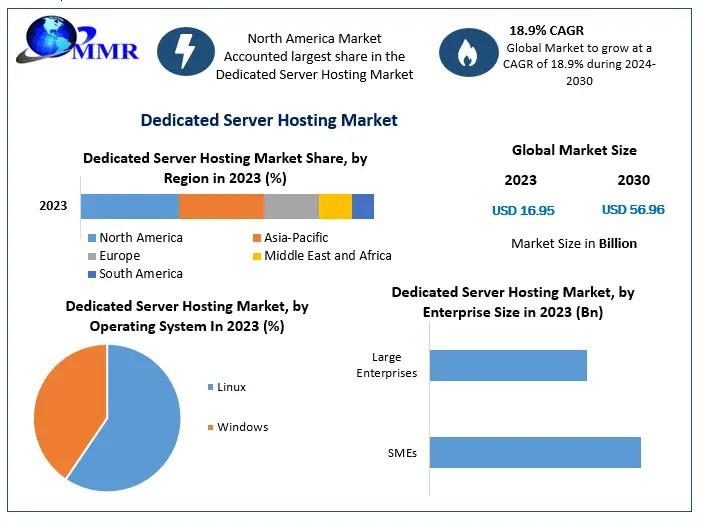A key piece of technology found in most modern web hosting environments is a Redundant Array of Independent Disks, otherwise known as a RAID system. These systems function by storing independent, redundant copies of important system data.There are two main types of RAID, hardware and software. In this article we will discuss software RAID and explore how it can benefit your dedicated server web hosting experience.
Topics Include:
RAID Technology
Hardware RAID
One way RAID systems are implemented is via a physical hardware device known as a RAID controller. This device connects to the computer or server and acts as a middle-point between the main computer system and the array of backup hard drive disks. Such a device offers unique benefits in that it will retain functionality even in the event of total system failure, as it is not directly integrated into the rest of the system. In practice, this means entire servers or system processes can fail without affecting the functionality of the RAID system.
In addition to providing increased reliability, it also provides increased performance. This is because the hardware device handles all RAID operations, placing less stress on the server itself. Unfortunately, this technology can be cost-prohibitive, difficult to configure, and requires physical access to the server in order to install. For this reason, software RAID has quickly become the preferred option.
Summary of Advantages and Disadvantages of Hardware RAID
| Advantages | Disadvantages |
|---|---|
| The controller is separate from the server preventing it from failing if the server fails | Expensive and can be difficult to configure |
| The Backup Battery Unit helps prevent data loss | Replacement of card requires the same card |
| Supports hot-swapping of failed disks | Performance bottleneck can be caused by the RAID card |
Software RAID
Instead of using a physical hardware device, software RAID manages RAID resources using the server itself. Software RAID acts as a virtual controller, allowing for the management and configuration of all hard drive disks in the RAID system. While hardware RAID has limited compatibility with different operating systems and hardware configurations, software RAID can be installed within many different server environments, making it highly adaptable.
In addition, software RAID is less expensive than hardware RAID, as it does not require the purchase of a specific hardware device. While not as reliable as hardware RAID, software RAID is a more accessible and less expensive data redundancy solution. It is worth remembering that since software RAID shares resources with the rest of the server, it could potentially reduce overall system performance. To avoid this, ensure that your system has sufficient resources to handle both your RAID system and normal web server operations.
Summary of Advantages and Disadvantages of Software RAID
| Advantages | Disadvantages |
|---|---|
| Less expensive | Hot swapping may be limited by OS and server model |
| Takes advantage of server processing power | Vulnerable to a failed disk |
| Flexible – supports RAID and non-RAID partitions | No cache memory protection during power failure |
Levels of RAID
There are several configurations that are often used when setting up RAID. These configurations – also known as levels – vary based on how they store data and the number of disks used.
Originally, there were only five levels of RAID but it has advanced to include many variations. We will list the five most commonly used RAID levels and describe them in order to help familiarize you with their features.
| RAID level | Description |
|---|---|
| RAID 0 | Uses a minimum of 2 disks to write data using “striping.” Improves performance, but there is no fault tolerance leading to possible data loss |
| RAID 1 | Uses disk mirroring – a fault-tolerance configuration; basically, data is copied from one disk to another so that data is not lost if one disk fails |
| RAID 5 | This is the most common RAID configuration; parity is used to provide a method to recover data. Uses 3 or more disks, but the most useful feature is that it allows for the server drives to be “hot-swappable.” Since this RAID configuration will continue to operate when one drive fails, you can swap out the disk for a working one. The only disadvantage is that it is slower than the other RAID configurations. |
| RAID 6 | Identical to RAID 5, but uses 2 parity blocks (instead of one like in RAID 5). This means that two drives can fail, but be replaced as needed. |
| RAID 10 | This RAID level combines RAID 1 and RAID 0 (may also be identified as 1+0); this is the fastest performing RAID configuration but at the cost of requiring 4 drives minimum. This RAID configuration is best used when the server is performing many write operations. A good example of this would be a busy database server. Best used as a hardware RAID to retain performance advantages. |
Considerations for Using RAID
A RAID can provide reliability and performance for your storage tasks. You can also get a measure of security depending on the configuration that you use. However, you should keep in mind that RAID is not a replacement for backing up your data. First, RAID is not offsite and will be affected by issues within the server room. RAID cannot restore old or deleted data.
With the advent of RAID support with SSD and NVMe drives, there are fewer moving parts in a RAID configuration, but that is no guarantee that it will not fail. RAIDs should always be closely monitored. If you’re still using mechanical drives, then keep in mind that failures will occur after a period of time. It is important to have a good backup plan and to keep your RAIDs well maintained and monitored.
InMotion Hosting Software RAID
In order to provide users with redundant storage solutions, InMotion Hosting offers software RAID for use in all dedicated server hosting plans. This form of RAID is easy-to-use, highly adaptable, and less expensive than hardware RAID. At no additional cost, InMotion Hosting dedicated hosting users can set up their own redundant array of independent disks and ensure that their servers remain online and their data remains protected.
What RAID Means for Web Hosting
Both hardware and software RAID can be used to increase the overall reliability of a computer system. By providing a redundant array of hard drive disks, backup data can be quickly accessed and restored in the event of data loss or system failure. For example, if your primary hard drive becomes corrupted, the RAID system can be used to start or “spin up” a virtually identical copy of the original hard drive. The end result of this is less downtime for your website visitors and reduced likelihood of permanent data loss. Regardless of whether you pick software RAID or hardware RAID, building redundancy into your server operations is a good idea.
https://www.inmotionhosting.com/support/product-guides/dedicated-hosting/software-raid/






